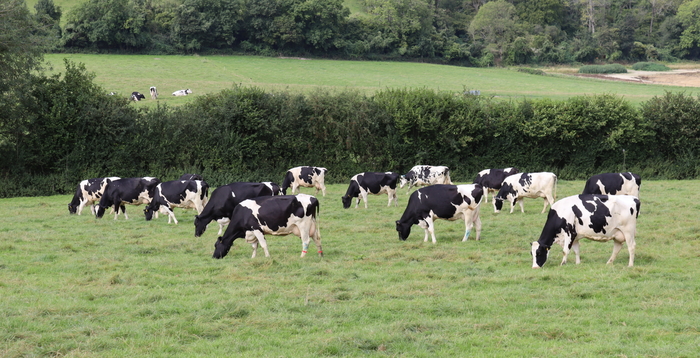While the latest analysis of Promar Farm Business Accounts shows the year to March 2021 to be a better year for dairy farmers, the company warn that profits are likely to come under increasing pressure in the coming years.
Farm Business Accounts (FBA) is the most comprehensive analysis of actual dairy farm financial performance available in the UK. Neil Adams, Managing Director of Promar International says the results give valuable insight into farm performance and opportunities for improvement.
“The year to 31st March 2020 was a rather benign year for dairy farmers, in part due to the reduced impact of Brexit and in part due to the pandemic. Farmers generally were unable to complete investment projects and overall just spent less.
Profit per cow up £33

“This resulted in a better financial year for the dairy sector with average profit per cow rising by £33. This was due to a combination of a small increase in output combined with costs control across many areas, resulting in overall lower costs.”
Mr Adams says there remains a considerable range in financial performance within the sample. While the average farm made an operating profit of £226 per cow, the top 25% selected on operating profit per cow achieved a profit of £614 per cow. They achieved a higher output per cow while managing to control all costs better and managed bigger herds.
“The real concern at the moment is the significant prices increases seen in many major farm inputs. Wheat and soya prices have risen 26%, electricity by 76% and oil by 100%. We are also seeing major hikes in fertiliser prices. Indirectly, the higher energy prices and the rising cost of transport will work through to other costs increases. In addition it is likely that interest rates will increase, and all farms are having to react to reductions in Single Farm Payment.
Costs to rise by 5.4ppl by March 2023
“Not all these will work through to affect profitability in the year to March 2022 but will certainly have an impact in the year to March 2023. Based on the FBA data, we estimate that costs will rise 2.2ppl in the year to March 2022 and another 3.2ppl to March 2023, an average increase of 5.4ppl.
Mr Adams acknowledges that there are still a number of uncertainties about exactly how prices will develop. He suggests global feed stocks may improve, helping moderate the effect on prices and it is possible gas prices will settle again. Furthermore, milk prices are showing signs of improvement.
“However, it is vital farm businesses assess the likely repercussions for their business which will depend on the system. For example, an intensive system will be more at risk of energy price increases than a more extensive operation.
“We would urge all dairy farms to budget and plan in detail and to understand the impact of changes in each cost. Then they can determine the gap they need to fill and assess marginal costs and challenge every aspect of their system. They need to identify threats and plan their response,” Mr Adams concludes.


